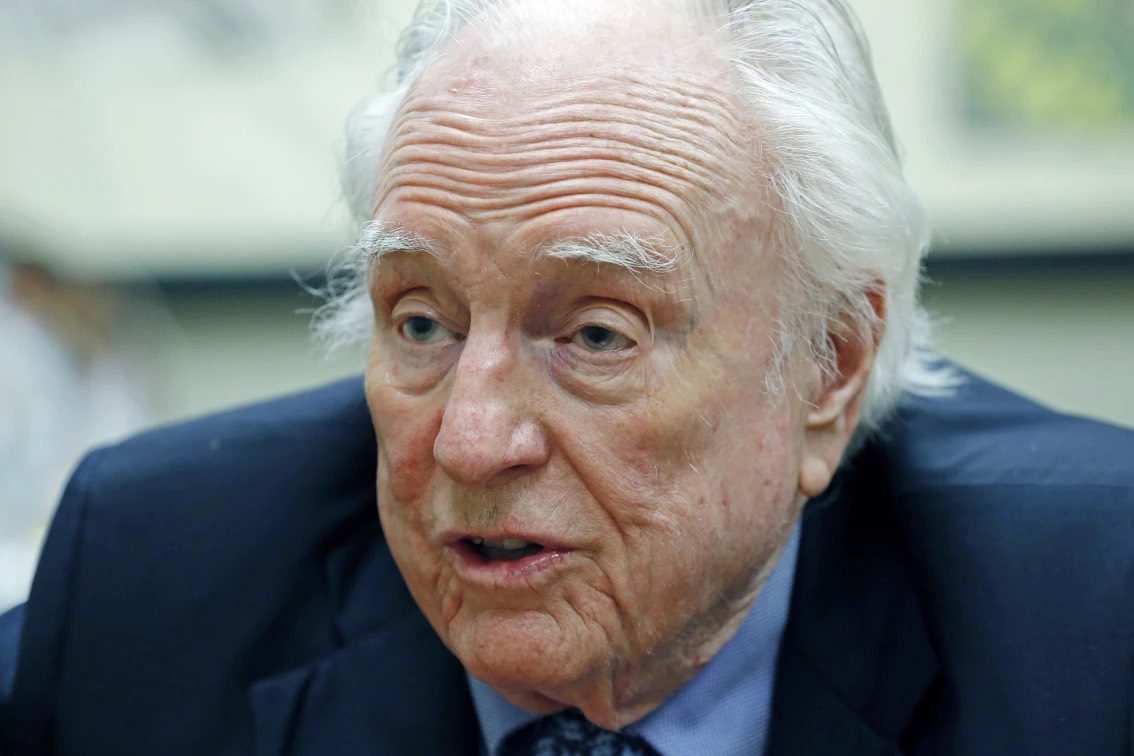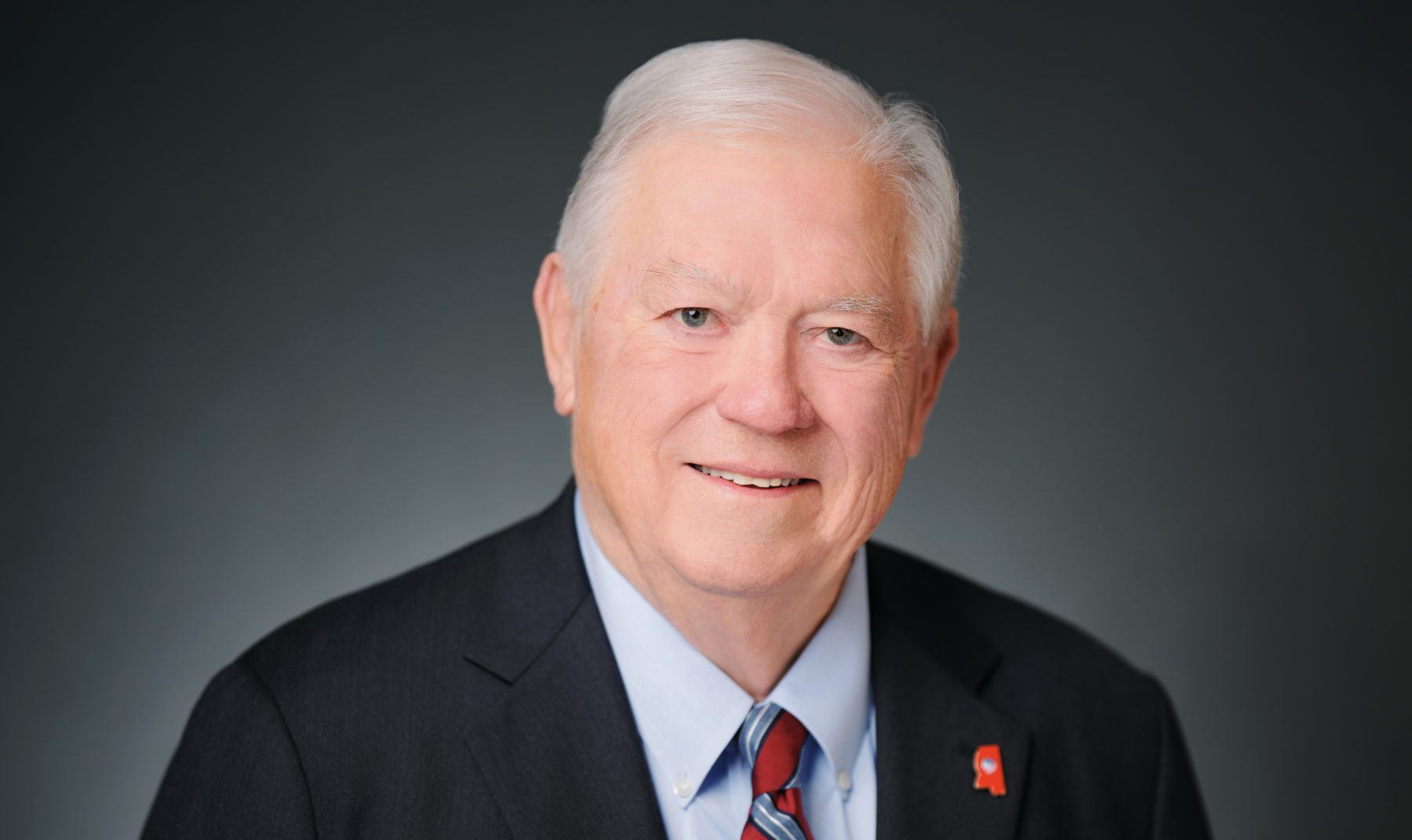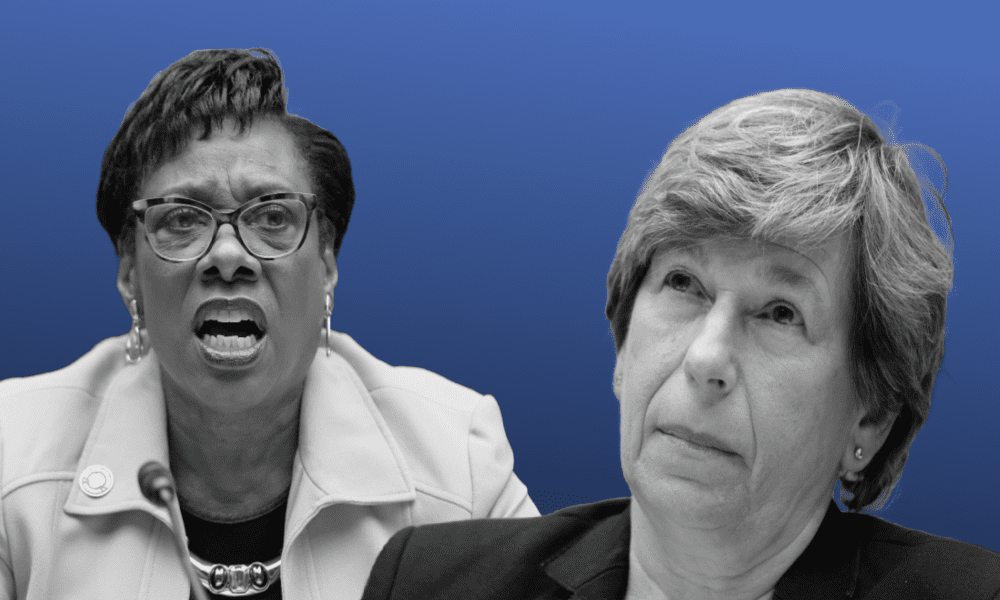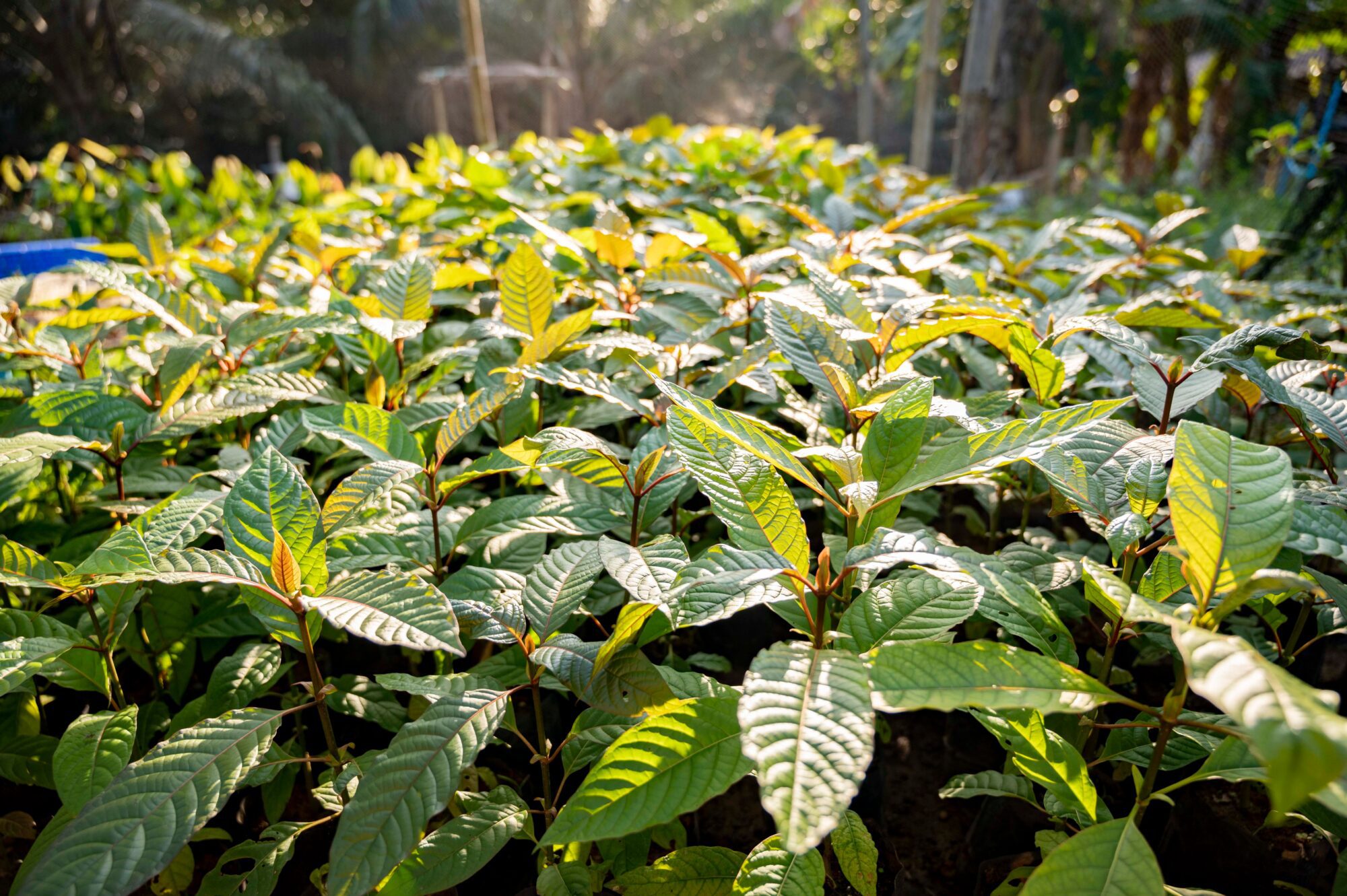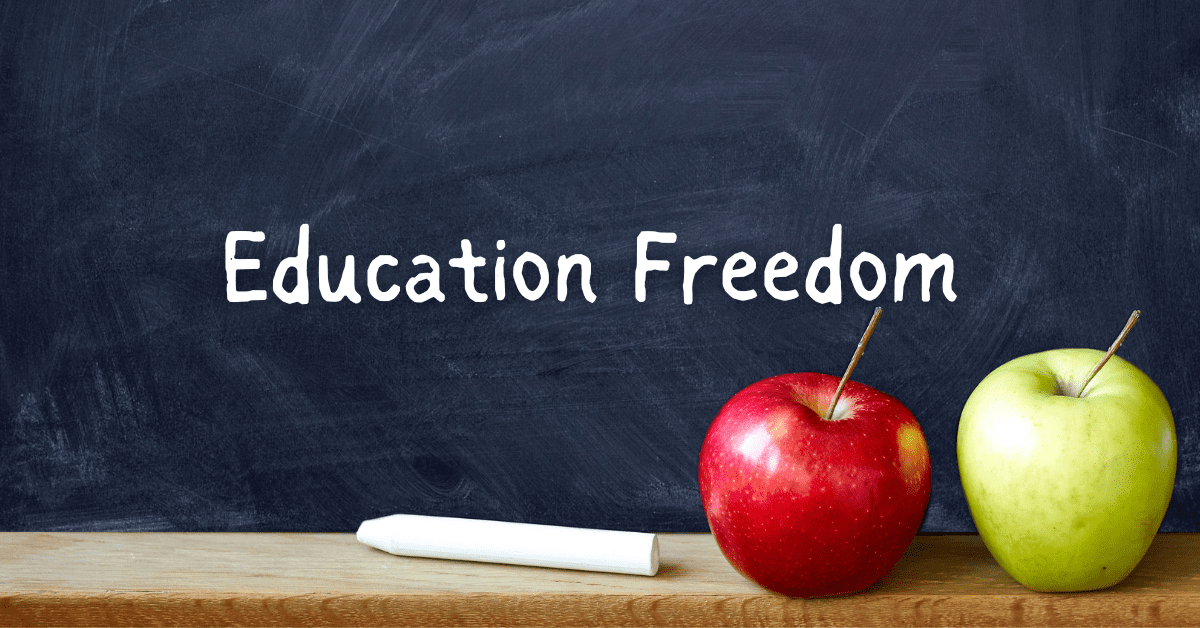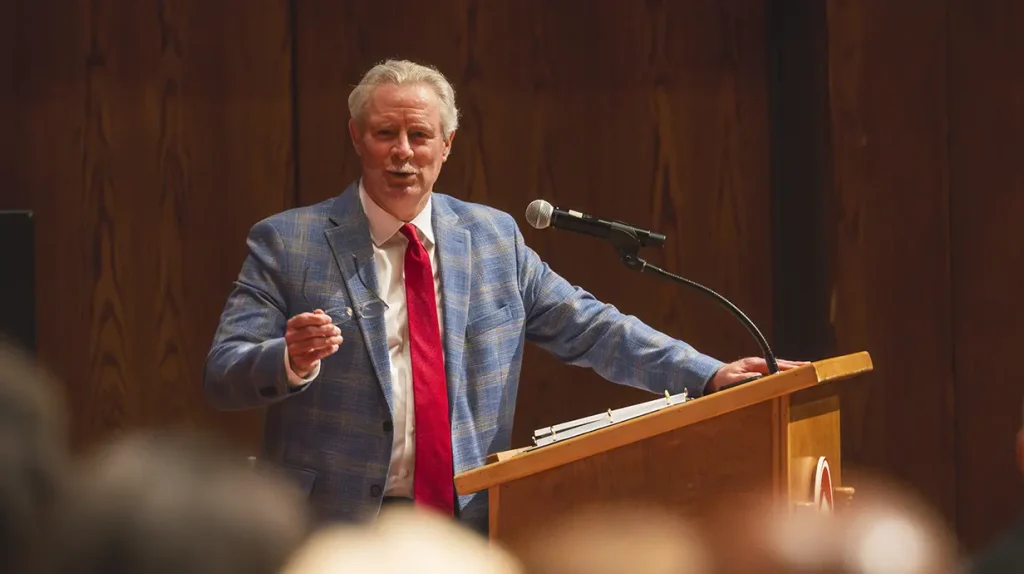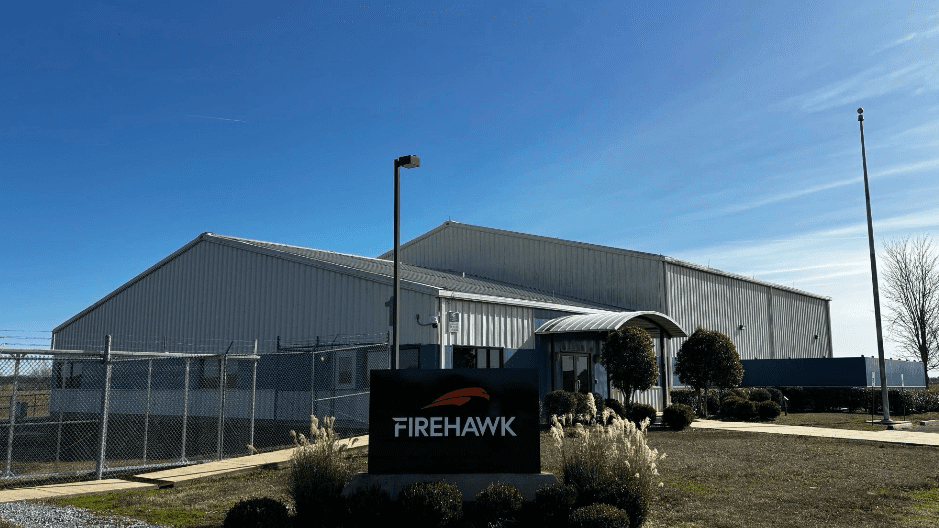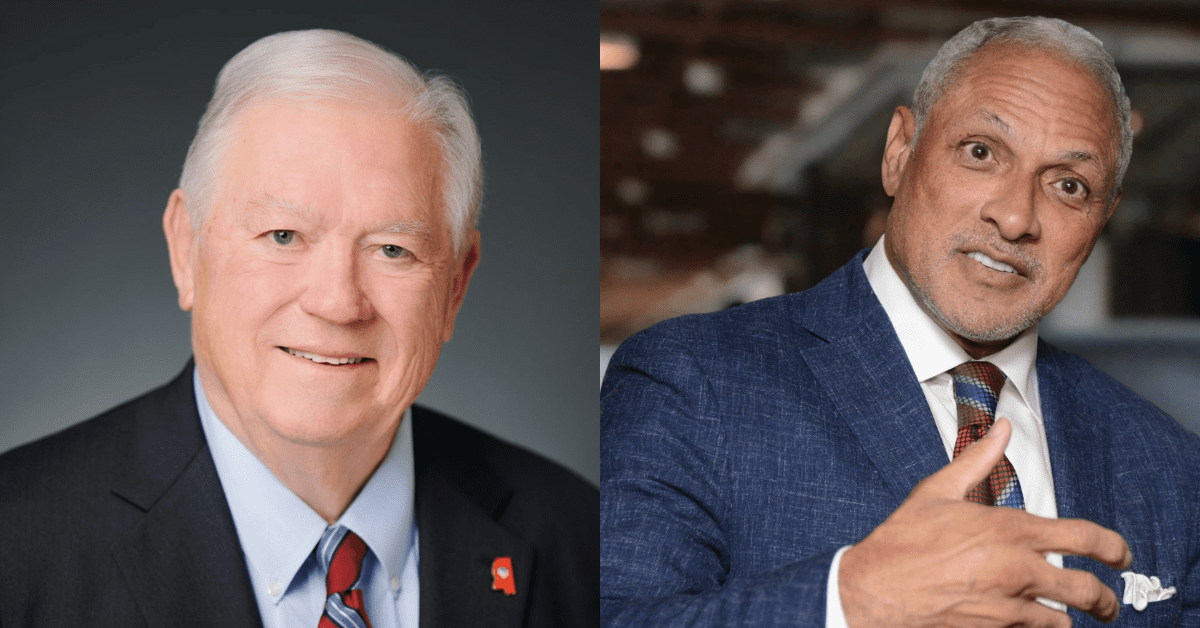
Haley Barbour and Mike Espy
- Students of all backgrounds have the aptitude and work ethic needed to excel if provided a quality education, write former Governor Barbour and former Congressman Espy.
Our hometown of Yazoo City, Mississippi is a special place. Braids of streams weave through some of the world’s most fertile soil, converging into the Yazoo River and, ultimately, the Mississippi River and beyond. The verdant landscape offers dramatic views. Most of all, residents are warm and welcoming. For all those reasons, though our careers have brought us around the globe, we maintain deep ties to our hometown.
Yet Yazoo City faces major challenges. Many of those issues are endemic in much of rural America—a lack of opportunity that leads to poverty and depopulation, which further diminishes opportunity—but are particularly evident in our hometown. The 2022 poverty rate among school age children in the Yazoo City School District, 60.3 percent, was quadruple the national rate. Yazoo City’s poverty level was not only the highest of Mississippi’s 137 school districts, it was the highest in the nation among the thousands of districts that serve more than 10,000 residents. Enrollment in Yazoo City schools has dropped 24 percent in the past decade, mirroring a decline in the local population.
There is, however, reason for hope. Yazoo City possesses, in abundance, the most critical resource needed to reverse unwelcome trends—bright young people who are capable of high achievement. Moreover, Yazoo City is helping pioneer a means to expand opportunities for its most promising students that could be a national model for mitigating educational disparities.
Yazoo City is among dozens of Mississippi public high schools that are part of the Global Teaching Project’s Advanced STEM Access Program. Now in its eighth year, GTP provides promising high school students in rural, high-poverty communities access to Advanced Placement STEM courses they need to achieve their full potential, but which their schools otherwise could not offer, largely due to a chronic, and worsening, shortage of qualified teachers. The program is free to students and schools, and uses no state or local tax dollars.
Last year, the program offered over 80 classes at 39 high schools in four subjects—AP Biology, AP Computer Science Principles, AP Physics 1, and AP Statistics.
The Advanced STEM Access Program’s blended instructional model includes both in-person and remote instruction, teacher training, lesson plans, pedagogical support from AP-certified teachers, extensive tutoring from STEM majors at leading universities (including Columbia, Jackson State, Harvard, Mississippi State, MIT, Ole Miss, Virginia, and Yale, among others), physical textbooks, online resources, technology, university-based residential instructional programs, and ancillary activities such as college guidance and guest speakers, including a Nobel Physics laureate, a U.S. Secretary of Education, community leaders, and Civil Rights historians.
AP courses prepare students for college rigor, enhance admission prospects, and can reduce tuition costs by enabling students to earn college credit prior to enrollment. AP courses also provide structure and substantive content to schools seeking to implement a rigorous curriculum. But access to AP courses varies widely—a 2018 Congressional report found that 99 percent of large high schools serving affluent communities (fewer than 25 percent of students qualified for free or reduced lunch) offered APs, while just 11 percent of small, high-poverty (over 75 percent free or reduced lunch) high schools offered APs.
That disparate access to AP courses has highly adverse consequences. The Equity and Excellence Commission, an advisory committee chartered by Congress, concluded in its 2013 report that “inequities are perpetuated [by] coursework that is low in academic rigor” and the lack of AP courses “aggravate our achievement gaps”. In the decade since, disparities worsened in many communities, and, as numerous studies found, were exacerbated by the pandemic.
As College Board, which runs the AP program, recently wrote to the U.S. Department of Education, the Advanced STEM Access Program “has proven uniquely successful in addressing disparate access to AP STEM courses.”
Nationally, in the 50 highest poverty rural school districts, the only schools that offer AP Physics, and the majority of those that offer AP Biology, Statistics, or Computer Science, do so through GTP, according to recent U.S. Census and College Board data.
Some students in the program quickly excel, earning college credit, gaining admission to universities such as MIT, Vanderbilt, and Virginia, and winning scholarships from the National Science Foundation and others. By taking APs, those students have been able to demonstrate merit relative to students from larger, more affluent areas in ways that a transcript alone can’t.
Other students struggle initially when encountering unaccustomed rigor. Yet studies show that they, too, benefit. APs alter their academic trajectory by developing the substantive knowledge and study skills needed for rigorous courses, resulting in academic achievement that becomes increasingly evident over time. Perhaps most important, AP students also tend to view themselves as part of a high-achieving cohort (which they are—fewer than 0.3% of Mississippi public high school students even attempt the AP Physics 1 exam each year), and work to achieve a future commensurate with their ambitions, rather than their circumstances.
In fact, standardized tests and other metrics of academic success do not discriminate against students based on their circumstances and backgrounds; they discriminate against students who have had inadequate instruction. Students of all backgrounds have the aptitude and work ethic needed to excel if provided a quality education.
Yet those educational disparities are much more likely to afflict students in impoverished, rural communities—whether Yazoo City, where 98 percent of district students are Black, or overwhelmingly White areas. As our country faces shortages of skilled workers, mitigating those disparities is an urgent national priority.
The Advanced STEM Access Program serves communities with very different outlooks—including counties that voted over 80% for Harris and over 80% for Trump. Those communities work together without the rancor that marks so much of our public life because they all recognize that we cannot afford to squander talent, wherever it is found. We are proud that our hometown of Yazoo City is helping illuminate the path forward.

